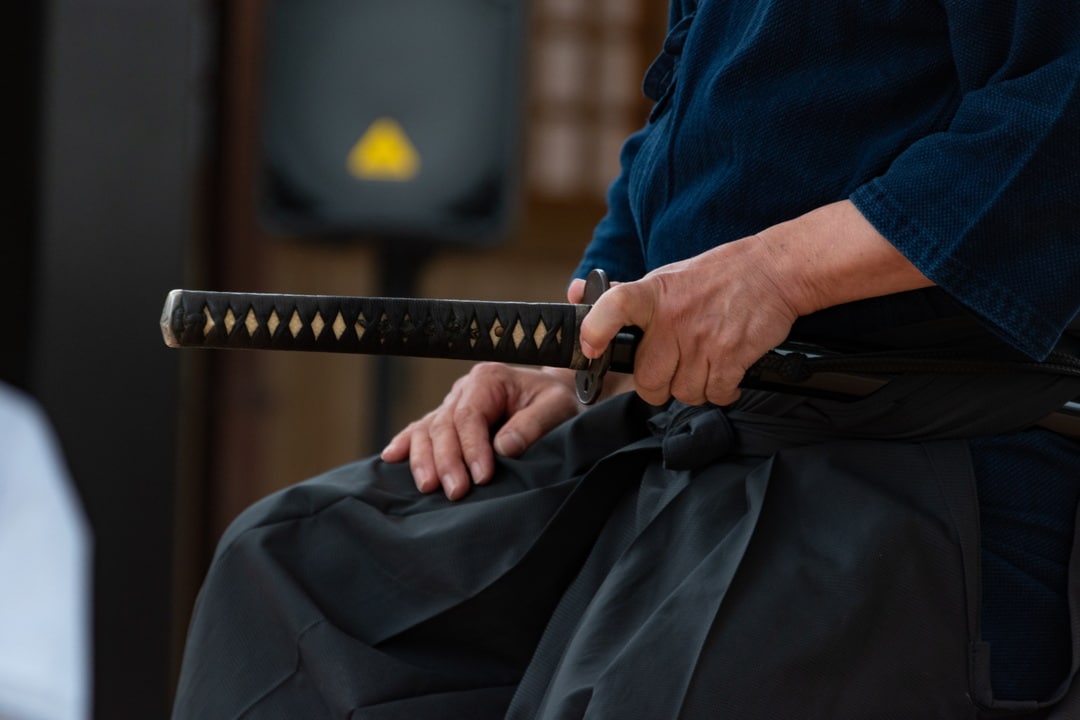In the world of martial arts, the katana stands as a symbol of unparalleled virtuosity, a delicate yet deadly instrument that embodies a harmonious blend of skill, craft, and deadly precision. The katana, a traditional Japanese longsword, is not merely a weapon; it is a work of art, a testament to the meticulous craftsmanship that has been honed over centuries. From the moment a master swordsmith begins forging the blade, every step in the process is executed with a precision that transcends the realm of mere craftsmanship. The katana’s blade, with its signature curve, is the result of a meticulous heating and quenching process, creating a blade that is simultaneously sharp and resilient. This careful balance is a testament to the skill of the swordsmith, who must understand the nuances of metallurgy and temperature control to achieve the perfect composition.

However, the true virtuosity of the katana lies not only in its physical attributes but also in the skill of the swordsman who wields it. The art of Iaido, a Japanese martial art focused on the quick draw and strike of the katana, requires years of dedicated practice to master. The practitioner must move with fluidity and precision, seamlessly transitioning from a state of calm readiness to a lightning-fast, lethal strike. The symphony of motion created by a skilled Iaido practitioner is a testament to the deep connection between the swordsman and the weapon. Each movement is deliberate, each strike calculated, creating a dance of deadly grace that is as captivating as it is formidable. Beyond the physical prowess, the katana embodies a spiritual connection between the wielder and the weapon. In the samurai tradition, the katana is more than a tool for combat; it is a symbol of honor, loyalty, and discipline. The swordsman’s mindset is as crucial as their physical skill, cultivating a deep sense of focus and mindfulness that elevates the katana from a mere instrument of war to a spiritual tool.
The philosophy of Bushido, the way of the warrior, emphasizes not only martial skill but also moral integrity and the pursuit of excellence. The legacy of the katana extends beyond the dojo or the battlefield; it has left an indelible mark on popular culture, becoming a symbol of strength and resilience. Its iconic shape and the artistry behind its creation have inspired countless stories, films, and artworks, perpetuating the mystique surrounding this remarkable weapon. In conclusion, the katana’s virtuosity is a symphony that resonates through the ages – a harmony of skill, craftsmanship, and deadly precision that captures the essence of a culture and a martial tradition. As both a work of art and a lethal weapon, the katana continues to captivate the imagination and command respect, showcasing the enduring legacy of this extraordinary blade.